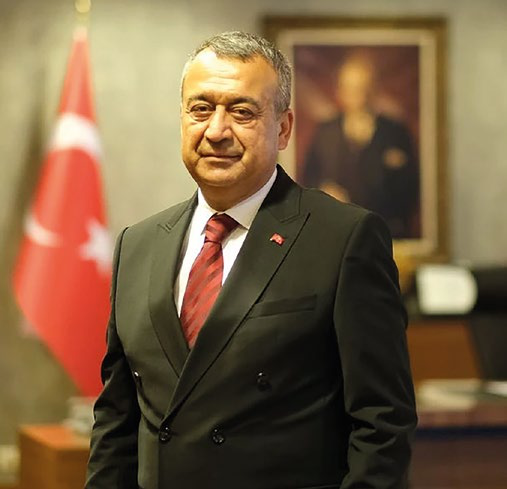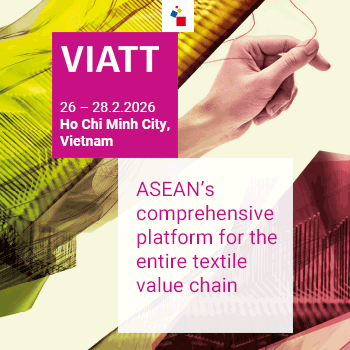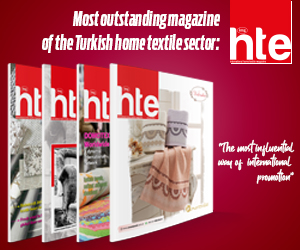A strategic roadmap for sustainable competitiveness
The Turkish textile sector has long held a strong position in global markets. However, in recent years, rising labor costs and exchange rate volatility have posed new challenges. Ahmet Fikret Kileci, Chairman of the TİM Textile and Raw Materials Sector Board, believes that structural transformation is now essential for the sector to maintain and strengthen its competitive edge.
Labor costs and global competition
While labor costs in Türkiye range between $1,500 and $2,500 per month, they can fall as low as $200 in countries like Bangladesh. This disparity makes it increasingly difficult for Turkish manufacturers to compete purely on low-cost production. “We can no longer produce T-shirts for $2,” says Kileci. “But Turkish companies have the experience and capacity to outsource low-cost production abroad and market those products globally.”
Shifting toward high-value production
Kileci emphasizes that the future of the sector lies in valueadded production. “We must modernize our machinery and focus on manufacturing advanced, high-tech products. That’s the only way we can remain key partners for brands in European markets,” he says, underlining the importance of innovation and investment in technology.

Sustainability and green production
Reaching long-term goals in the sector requires widespread adoption of sustainable practices. “In the future, production will be shaped entirely around sustainability and environmental values,” Kileci asserts. He advocates for investment in renewable energy and eco-friendly processes to ensure global relevance and environmental compliance.
Strategic partnerships and alternative production bases
Kileci notes that Turkish textile producers are increasingly exploring manufacturing opportunities in countries like Egypt, Morocco, and even Syria. These strategies aim to achieve cost-efficiency while allowing Türkiye to focus on producing more complex, value-added goods at home.
Looking ahead: transformation is key
As Kileci highlights, the real challenge for Türkiye’s textile sector is not merely the exchange rate—it’s the need for a structural overhaul that prioritizes innovation, sustainability, and international cooperation. Strategic investments, green practices, and global partnerships will define the future of Turkish textiles in a rapidly evolving global market.







